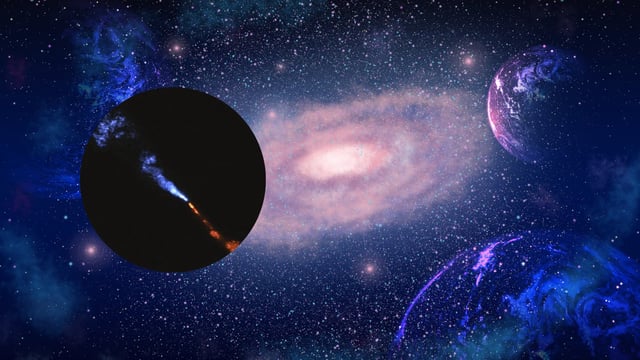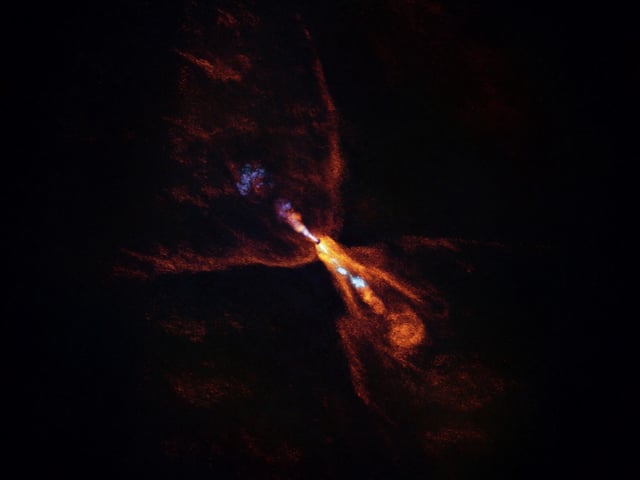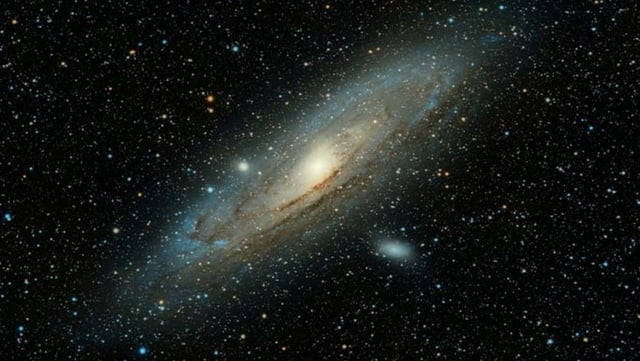Overview
- James Webb observations detected hot silicate gases and emerging crystals that ALMA then localized to a belt-like zone analogous to our asteroid belt.
- Gaseous silicon monoxide and nascent crystalline silicates were identified for the first time in any protoplanetary disk outside the Solar System.
- HOPS-315 is a 100,000–200,000-year-old proto-star in the Orion Nebula located roughly 1,300 light-years from Earth.
- The findings establish a “time zero” benchmark for how solid particles begin to coalesce into planetesimals.
- Researchers plan to refine planet formation models using this snapshot and extend similar observations to other young stellar systems.


